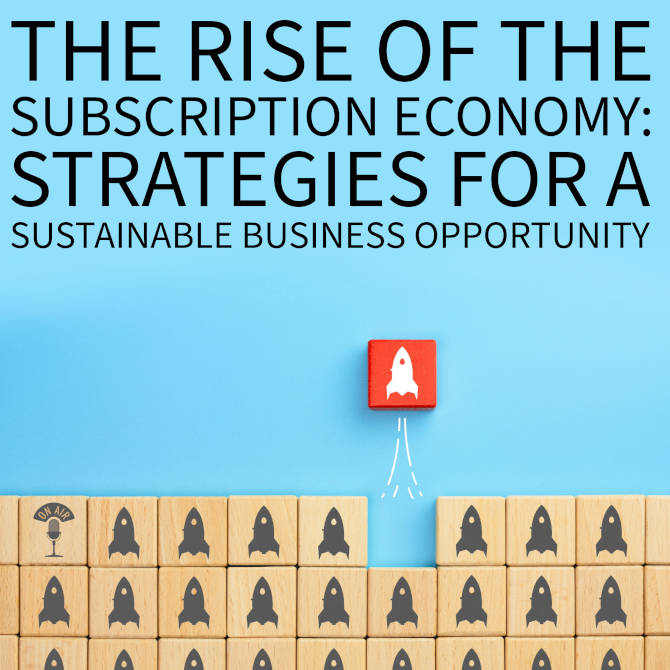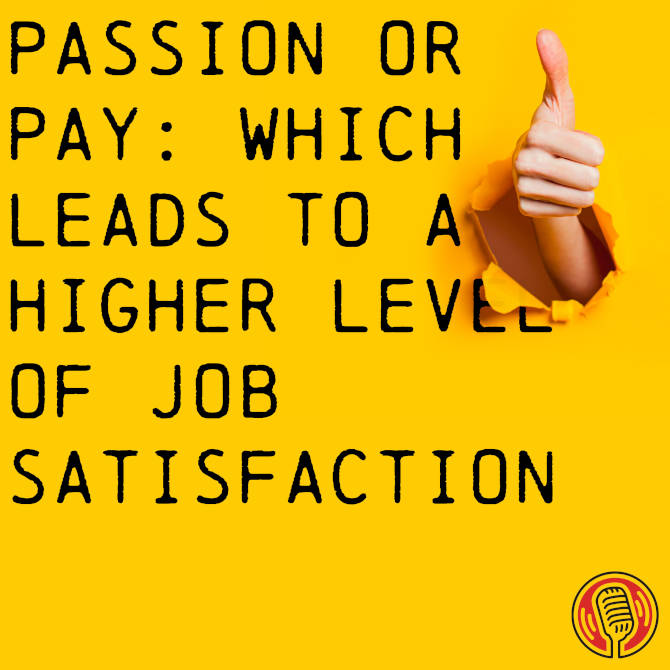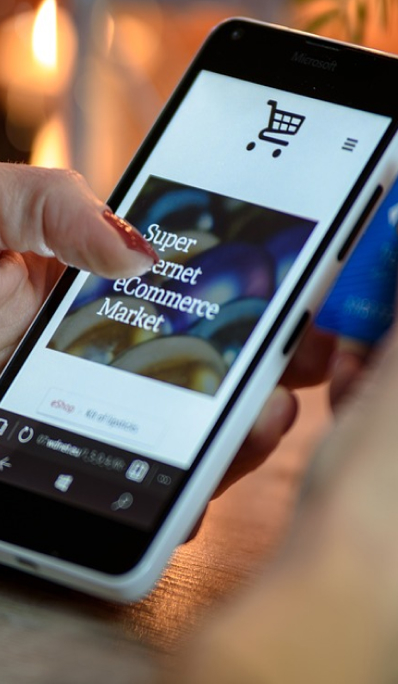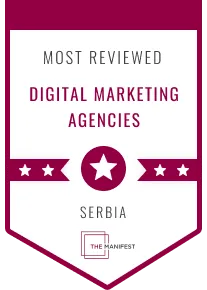Introduction: Navigating the Digital Marketing Landscape
I hear it all the time, gotta do this, you gotta do that. Generally it’s all opinion based when it comes to running your business. You know what’s more unpredictable than the weather? Pretty much our beloved digital marketing landscape. And everyone believes that they know how digital marketing works, as they have a few thousand followers on TikTok.
Ah, it’s more like a game of, I don’t remember, whack a mole. Constantly changing and challenging businesses to keep up with the latest trends.
However, I love a good old challenge. I think it would be great to dive into the virtual world of marketing, where augmented reality meets artificial intelligence, and the sound of your own voice can lead to sales.
It’s like a futuristic sci-fi movie, but a damn sight better ROI, that’s for sure. So let’s take a sneak peek at some of the game changing trends that’ll have you reaching new heights and customers in no time. As the great philosopher said, to infinity and beyond. Well, we are going to be talking a little bit about augmented reality so Buzz Lightyear feels quite apt as the philosopher for today.
Shall we start?
Virtual and Augmented Reality: A New Dimension in Marketing
Virtual reality. VR for short, and augmented reality, AR for short. Now these two bad boys are redefining what it means to connect with customers. With VR, you can teleport customers to a whole new universe, while AR lets you sprinkle some digital magic onto the real world. It’s like we’re having a, or living in a sort of Harry Potter movie, but with better marketing tactics.
I’ve been to a few events using a website called spatial.io. I even created my own apartment overlooking the sea, and have my very own waterfall behind my property. It’s really quite lovely. I remember one event I went on was an opening for a gallery. They added photos of the artwork on display to their virtual gallery and sent out invites via email and social media.
This event was for people that couldn’t attend the live event and at the real event they had a DJ who was playing music that was then piped into the VR world. So we got a taste of that whilst being able to sort of look at the pictures and attempt to talk to each other or stand there dancing as a virtual reality character.
Now brands are hopping onto this futuristic bandwagon, giving us virtual property tours and letting us play dress up with digital clothing. It provides a different brand experience to their customers, which in turn can actually boost engagement and sales. I think the engagement initially comes from the experience of being there and then sharing it across social media, because it’s still quite new.
Now, I remember when I attended the first event, I definitely shared it across all forms of media, because it was extremely exciting. As interesting as this is, personally, I found it to be quite dry. And for me, nothing beats the real world experience, meeting with people face to face.
But there’s definitely a place for this and Could be a great way of sort of further engaging with your customers. Augmented reality can be quite an interesting real world tool as you could create interactive adverts led by the likes of QR codes. And once the customer has clicked on the code, they can join a sort of in between world of your virtual products and their surroundings.
Similar to what Ikea PlaceApt actually does, where you can place 3D products into your property, your house, all the likes of that, so if you’re buying a sofa, you can select the sofa and a 3D product and do a placement. For me, I see this as being a great tool to use. You would really need to work out a good marketing strategy around using AR for sure.
Artificial Intelligence: The Future of Personalised Marketing
With all the chit chat about AI, we could hardly not mention it. AI is about to become considerably more sophisticated and a good few marketing tools have actually started integrating AI into their offerings. We’ve even created an AI product title and description tool for our e-commerce clients. Using AI can easily analyse data and provide you with valuable insights into customers behaviour and their preferences, which definitely improves your targeting and personalisation efforts, allowing you to create a more effective marketing campaign.
Voice Search Optimisation: Conversational Content Is Key
Alexa, Alexa. Alexa switched off, but you have to admit Alexa and Google Home have really changed the way things are done, you know, with voice search really has made a difference. And in a way, Alexa, for me, has become part of the family. My kids shout out Alexa, my wife shouts out Alexa, and I shout out Alexa whenever we have any form of questions.
Now this chit chat we’re having with our devices actually means that our websites need to be optimised for voice search, which for some people can be really quite confusing. So what does voice search actually mean? Well, your website would require a more conversational style of content. So you would utilise long tail keywords as they’re more in line than shorter keywords, making it easier to target the right audience.
So for example, a generic keyword like shoes would become more like blue suede shoes but dancing in size eight. You may even want to add Elvis into the mix there. You may find it easier to use dictation in the likes of words to create more conversational content and then grammatically fix it in AI. This is where ChatGPT comes into use.
Personalisation: The Magic Touch in Digital Marketing
However, make sure you don’t ask it to rewrite or add its own bent to the content as this can cause issues with SEO. When I was a young, single chap, I used to go to my regular bar called The Dog House in Soho. This place was very, very busy. It would take me around 15 minutes to get from the stairs to the bar just to order a drink. And that 15 minutes was only about 15 feet.
However, Pete, the owner, always managed to notice me and would make me a drink and put it on the side for when I arrived at the bar. Though I admit, Pete wasn’t psychic. It was probably me waving like a madman on the stairs. Pete! Pete! Make me a drink! What I’m getting at is that he actually personalised my experience and it’s the little things like that that make me feel kind of special.
Now obviously it’s not that easy to do this in the online world. But this is where data and artificial intelligence actually comes to the rescue because it enables the creation of tailor-made content and special offers that cater to each customer’s unique needs. You see, you could put machine learning algorithms to work by analysing customer data.
Which will spot patterns and trends that the user is using. Similar to what Amazon does with its recommendations and offers. Just a little personalization can actually be the icing on the cake for many people and boost engagement and conversion rates. I’ve used this method many times. One of the most successful examples is when I had a restaurant and created a VIP gold card.
This entitled the guest with a 15 per cent discount on all orders. I know this was an exclusive customer card and people had to earn it. By becoming regulars and what I noted was that they would in turn bring more guests and love to offer up the gold card when asked for the bill. It was like a theatrical show of importance for that VIP guest.
This also included other benefits such as me sitting down with them and giving them a complimentary drink and having a nice chat. You know, that probably sounds obnoxious to say that I was a benefit, but restaurants work in a very different way than a lot of other businesses. As it’s all about making the guest feel special.
And if I’m sitting down, having a drink with them, having a nice chat, that means I’m focused on them as a guest. And that makes them special. The same as Pete having my drink ready. It made me feel special.
Micro-Influencers: The New Era of Influencer Marketing
The time we used to hear continuously within the marketing realms was, Oh, you’ve got to do influencer marketing.
And it used to be hotter than jalapenos. But over time, the cost of getting an influencer to sell your products has gone way overboard. However, if you think about your business and your clientele, your products may fit more into, say, a niche market. Hence, you would be better served by what they call a micro-influencer that fits within your niche market. You’ll find that micro influencers actually have a greater level of influence over their audience as their niche and they end up with sort of super engagers, which is great news for brands without a doubt. And one thing I think people forget is that influencer marketing is more than just about promotion.
It’s like one of those buddy cop films where you collaborate and co-create awesomeness together. So I would say take your time when picking the right influencer partners. Chat with them, make sure it’s a win-win for everyone involved. I get requests from businesses to be interviewed on this show, but the majority seem to be more interested in just promoting their products, which doesn’t align with the show.
I don’t want to be just having somebody advertising their product. I want them to talk about their business, how they grew their business. So we can all learn from, from what they actually have done. And moving on now, we’ve discussed over quite a few of my episodes about transparency and being authentic.
Transparency and Authenticity: Building Trust in the Digital Age
And we all know customers these days are extremely spoiled for choice. We are no longer just serviced by local stores. And, the exhaustive list of brands that are easily accessible is excruciating for small businesses, which is making it very hard for these small businesses to grab potential customers’ attention.
So we have to kind of rise up above all the noise and build trust with our audience. The key here is to remember to be open, honest, and authentic across all our digital marketing efforts. You know, you can definitely see the trend where small companies are becoming more transparent. I think this is solely down to TikTok opening the doors for people to be armed with their mobiles and showing genuine pride in their products and businesses.
And people love and become loyal fans to their brands. Even when I surf TikTok and come across, say, a t-shirt company, or there’s this fascinating sugar-stretching sweet company. And watching their behind-the-scenes footage really makes me feel the experience of the product being made. That experience demonstrates their company culture and values in action.
And it’s not something, I don’t know if I can do it here, I don’t think you want to see a developer sitting there writing code, uh, but that’s a, a great example of how TikTok and say, YouTube short form videos has really changed the way companies do business. In a way it introduces some sort of older traditional companies to a younger audience as well.
There’s a printing company on TikTok and they use the old plates and wooden press and you push this big cranked lever. He has millions of people following him, and you just look at the hearts on there, it’s massive, massive loads of likes. And that’s not just down to the older generation, this is a lot of the younger generation as well.
So I would definitely start making that kind of videos over product-led videos. Show the real you as a business.
Conclusion: Embracing Change in Digital Marketing
I think that digital marketing is a thrilling roller coaster at the moment, and those businesses brave enough to adapt to new trends will be the ones to come out on top.
Well, that’s about all we have today.
Do feel free to reach out if you would like to be part of one of my episodes or you have a question. And remember to follow, like and subscribe. Speak to you soon. Bye for now











